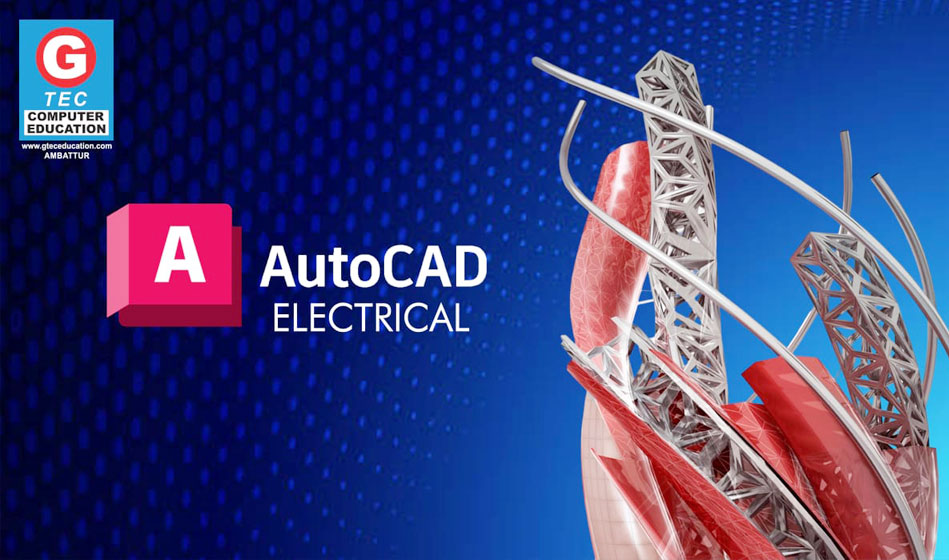


AutoCAD Electrical is a specialized version of AutoCAD, which is a computer-aided design (CAD) software developed by Autodesk. It is tailored specifically for electrical design tasks, offering a range of features and tools to help electrical engineers and designers create, modify, and document electrical control systems.